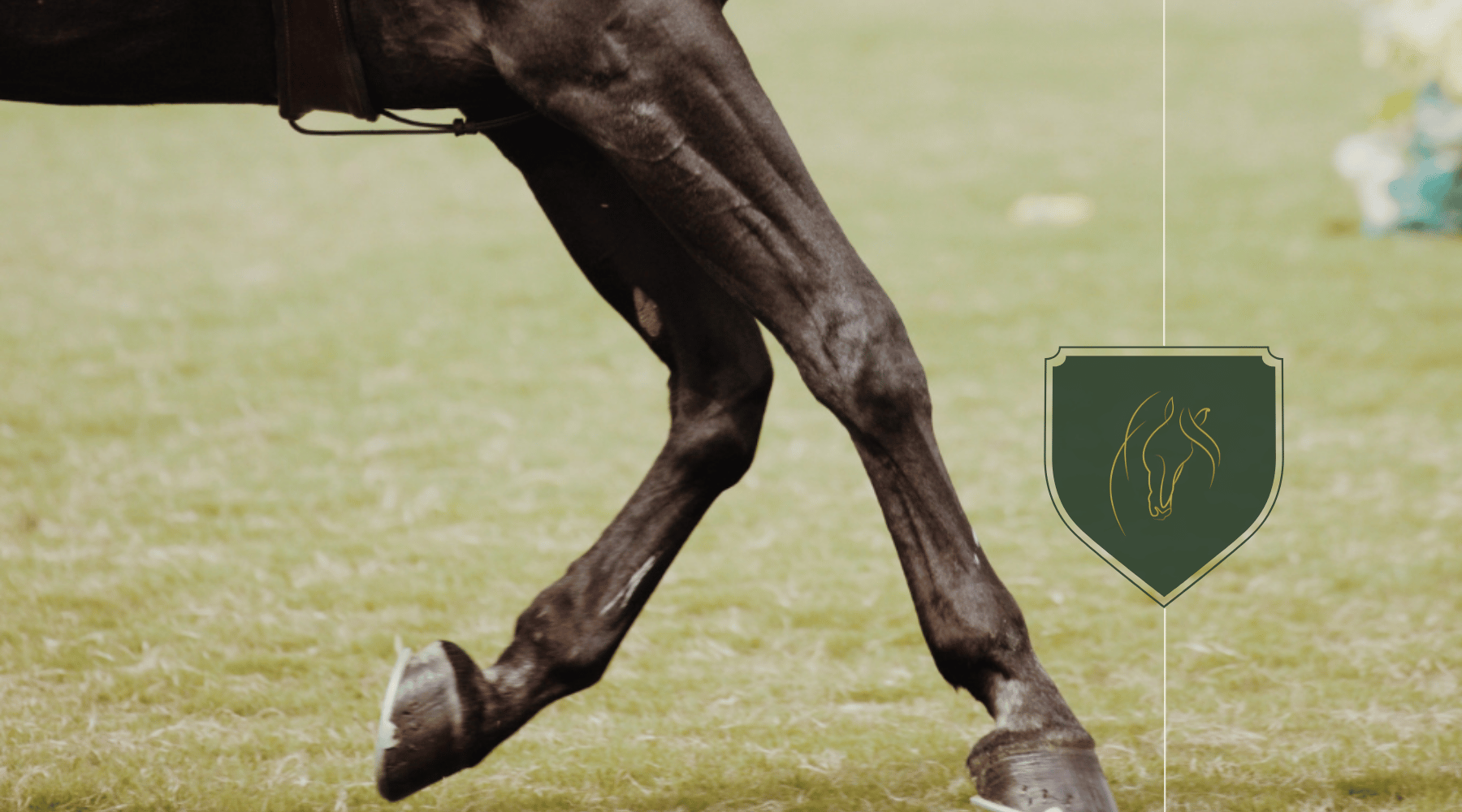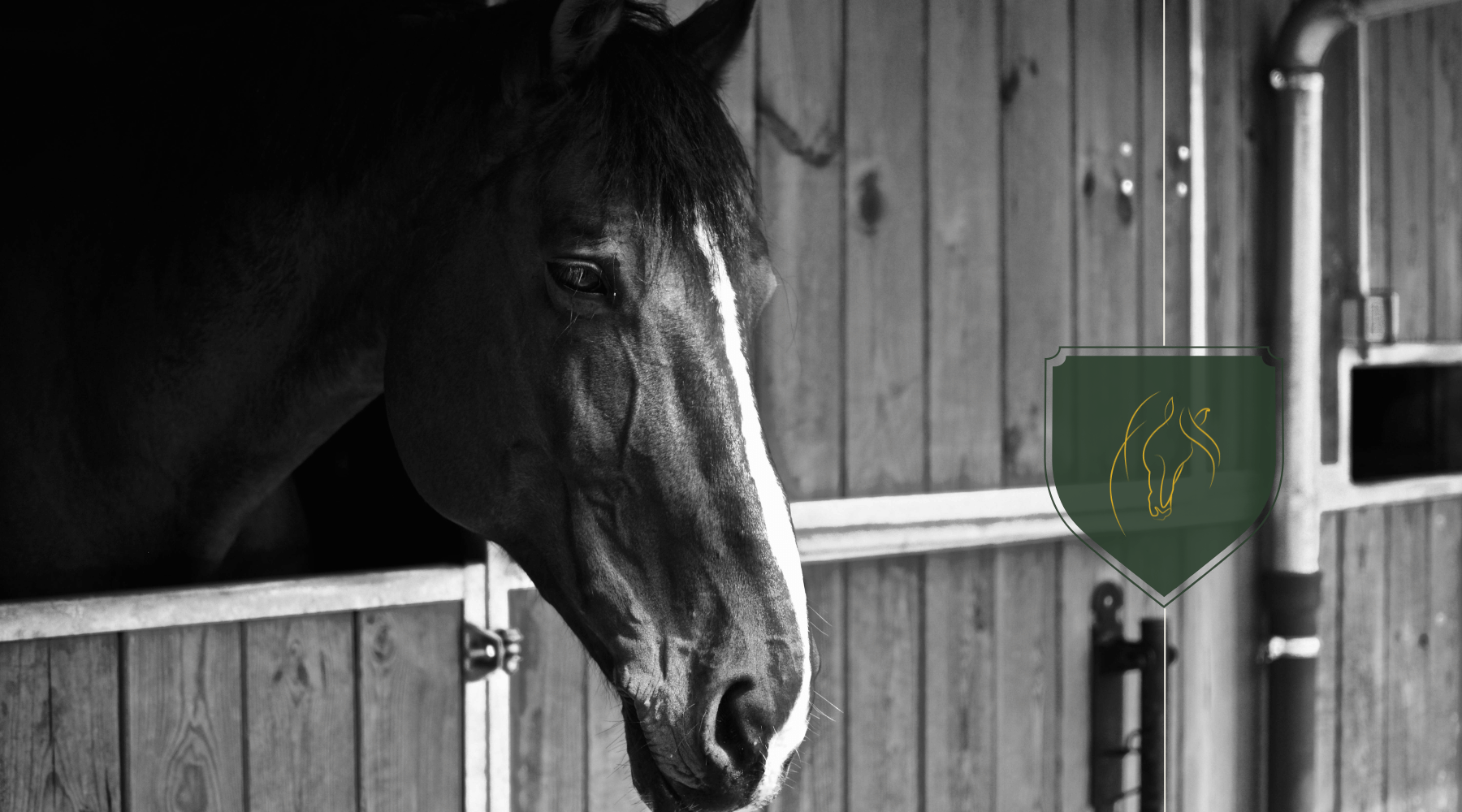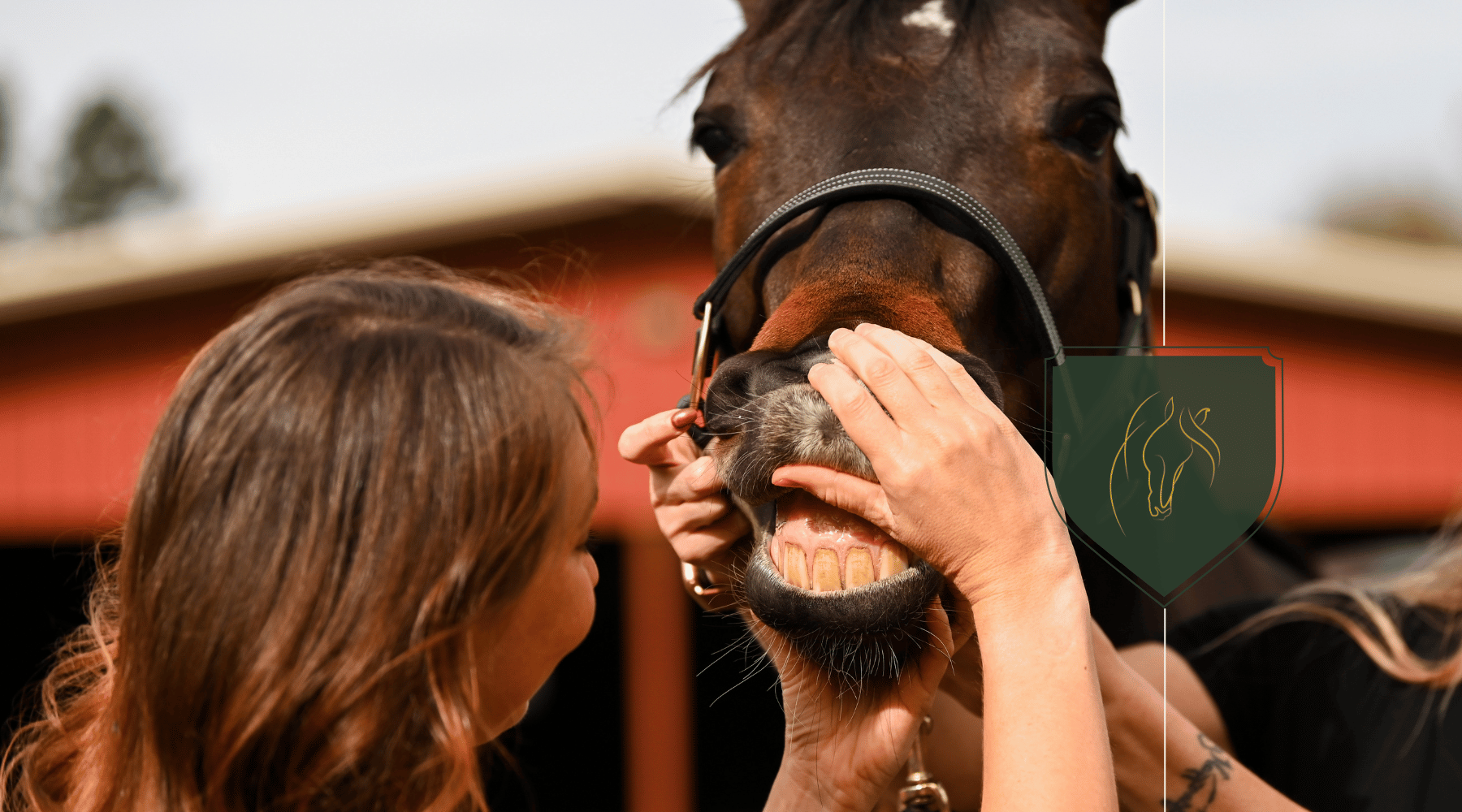
What Is a Chestnut on a Horse? Significance & Care Explained
When talking about horses, the term "chestnut" often pops up, leaving many to wonder what exactly it refers to. It's not about the color or a type of horse, but rather a unique feature found on their legs. This small, often overlooked detail holds more significance than one might initially think.
Chestnuts on horses are intriguing and serve as a fascinating aspect of their anatomy. These small, callous-like growths can tell a story about a horse's evolutionary past and provide insight into their biology. Let's delve deeper into what a chestnut on a horse really is and why it's an interesting topic for horse lovers and equestrians alike.
The Significance of Chestnuts on Horses
Chestnuts on horses, small callous-like growths found on the inside of their legs, are significant both evolutionarily and biologically. They are thought to be vestigial remnants of toes from ancient horse ancestors, highlighting the complexity of horse evolution. For those studying equine biology and evolution, chestnuts offer valuable insights into the historical development of modern horses. These features vary widely among horses in size, shape, and thickness, which is of interest for research into genetic diversity within horse populations. Additionally, managing chestnuts is important for horse caretakers to prevent discomfort or injury, indicating not only their biological but also practical significance in ensuring horse welfare.
Professionals and students at institutions like the Equine Institute recognize that details such as chestnuts can have broader implications for breeding, care, and study of horses. These small features contribute to the comprehensive knowledge needed to effectively work with and care for horses.
Evolutionary Origins of Horse Chestnuts
Eohippus, often referred to as the "dawn horse," is recognized as one of the earliest known ancestors of the modern horse. Living approximately 55 million years ago, Eohippus had multiple toes that were functional in its era's dense, forested habitats. As the environment changed, favoring open landscapes, the evolutionary path of these creatures began to shift. Their anatomy adapted over millions of years, streamlining for speed and efficiency in open terrains, leading to the single-toed Equus we are familiar with today. The presence of chestnuts on a horse thus offers a direct link to their ancient ancestors.
Research into the evolutionary significance of horse chestnuts underscores the importance of these features. It's a window into the past, shedding light on how species adapt and change in response to their environment. For members of the Equine Institute and individuals vested in equine biology and genetics, such studies offer invaluable information. They not only enrich our understanding of equine evolution but also illuminate potential paths for future research in genetics and species adaptation. This knowledge is vital for enhancing breeding programs, managing horse health, and ultimately ensuring the well-being and sustainability of horse populations across the globe.
Understanding the Biology Behind Horse Chestnuts
Horse chestnuts, often misunderstood features on equine limbs, play a fascinating role in the biological tapestry of horses. To understand the biology behind horse chestnuts, it's crucial to delve into their anatomical and genetic significance.
Anatomically, horse chestnuts are keratinized epithelial structures. Much like human fingernails, they are composed of a tough protein called keratin. Their primary location is above the knee on the front legs and below the hock on the hind legs, acting as vestigial remnants of a time when ancestors of modern horses had toes. This evolutionary perspective suggests that chestnuts may have been the points of friction or wear on multi-toed ancestors, possibly serving a protective function.
The presence and size of chestnuts in horses vary widely among breeds and individuals, underlining the importance of genetics in shaping horse physical traits. These variations not only offer insights into a horse's evolutionary background but also serve as indicators of health, lineage, and breed-specific characteristics. Proper care and maintenance of chestnuts are crucial to prevent discomfort or infection in horses, highlighting their significance beyond genetics for breeders, geneticists, and those involved in horse care.
The study of horse chestnuts offers deep insights into equine biology and genetics. This research not only broadens our knowledge but also improves care and management practices in the global equine community.
Chestnut Identification and Variations
Identifying chestnuts is crucial for horse caretakers, as these unique keratinized growths located on the inner legs serve as distinctive biological markers. Unlike similar growths such as ergots, chestnuts vary in size, shape, and texture among different horse breeds, reflecting genetic diversity and possibly evolutionary adaptations. Their appearance can also change with age and environmental factors, influencing care practices like grooming and trimming to avoid discomfort. Recognizing and understanding chestnuts is essential for effective horse management and care, highlighting the importance of equine anatomy knowledge in ensuring the well-being of horses.
Conclusion
Horse chestnuts are not just a curiosity but a window into the rich genetic diversity and evolutionary history of horses. They underscore the importance of attentive care in horsemanship, highlighting how something as small as a chestnut can influence the well-being and comfort of these majestic animals. As markers of genetic diversity, they offer insights into the evolutionary journey of horses, enriching our understanding and appreciation of each breed's unique characteristics. The care and attention given to horse chestnuts reflect the deeper bond between horse and handler, emphasizing the role of detailed management in horse health and comfort. Through ongoing study and fascination, horse chestnuts continue to be a subject of interest, symbolizing the intricate relationship between humans and horses in both practical and evolutionary contexts.
Frequently Asked Questions
What are horse chestnuts, and why are they significant?
Horse chestnuts, often found on the legs of horses, are unique growths that serve as markers of genetic diversity among horse breeds. They highlight the importance of understanding horse evolution and the rich tapestry of horse genetics.
How do horse chestnuts relate to horse evolution?
Horse chestnuts may have played a role in horse evolution, serving as indicators of genetic diversity. Their variability across different breeds showcases the evolutionary journey of horses and the complexity of their genetic backgrounds.
Why is monitoring and caring for horse chestnuts important in horsemanship?
Practical horsemanship emphasizes the importance of monitoring and caring for horse chestnuts to maintain horse comfort and prevent complications. Proper care enhances the bond between horse and handler, ensuring the welfare of the animal.
Can horse chestnuts vary across different breeds?
Yes, the variability of horse chestnuts across different breeds showcases the rich tapestry of horse genetics and emphasizes their significance as markers of genetic diversity. This variability is a point of fascination and study in the equine world.





Leave a comment
This site is protected by hCaptcha and the hCaptcha Privacy Policy and Terms of Service apply.